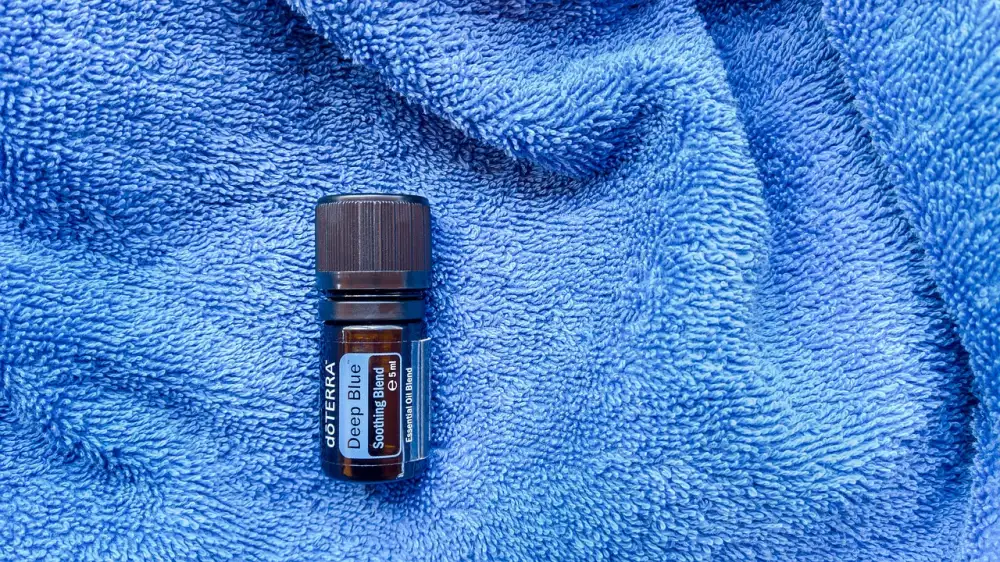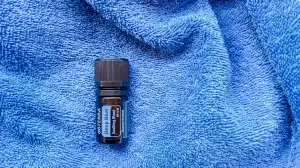Discover the Best Cream for Varicose Veins Available in Pharmacies

Varicose veins are a common condition that affects many individuals, particularly women. They appear as enlarged, twisted veins that are often blue or purple in color and can be seen just beneath the surface of the skin. Varicose veins typically occur in the legs and are caused by weakened or damaged valves in the veins, which disrupt normal blood flow and cause blood to pool in the veins. This can lead to discomfort, swelling, and aching in the affected area. While varicose veins are usually not a serious medical concern, they can be unsightly and may cause some individuals to experience self-consciousness or discomfort.
Causes and Symptoms of Varicose Veins
Varicose veins are commonly caused by weakened or damaged valves in the veins, leading to blood pooling in the veins and causing them to swell. Factors such as genetics, age, obesity, pregnancy, and prolonged standing or sitting can contribute to the development of varicose veins. Symptoms may include visible twisted and bulging veins, aching or heavy legs, swelling in the ankles or feet, itching around the affected vein, and skin discoloration. It is essential to seek medical advice if you experience these symptoms to prevent complications.
Importance of Seeking Medical Advice
Varicose veins can sometimes be more than just a cosmetic concern. Seeking medical advice is crucial as it can help determine the severity of the condition and whether there are any underlying health issues contributing to it. A healthcare professional can provide a proper diagnosis, recommend appropriate treatment options, and monitor your progress. Ignoring varicose veins could lead to complications such as blood clots or ulcers, highlighting the importance of consulting with a doctor for personalized care.
Overview of Creams for Varicose Veins
Varicose vein creams are topical treatments designed to help alleviate the symptoms associated with varicose veins, such as pain, swelling, and discomfort. These creams often contain active ingredients that aim to improve blood circulation, reduce inflammation, and strengthen the walls of the veins. They are readily available over the counter at pharmacies and online stores, offering a convenient and non-invasive option for managing varicose veins. It is essential to choose a cream that is specifically formulated for varicose veins to ensure optimal effectiveness.
Factors to Consider When Choosing a Cream
When choosing a cream for varicose veins, it is essential to consider several factors to ensure effectiveness and safety. Firstly, look for creams that contain active ingredients known to improve blood circulation and reduce inflammation, such as horse chestnut extract, witch hazel, or grape seed extract. Additionally, opt for creams that are specifically formulated for varicose veins and have been clinically tested for their efficacy. Consider the reputation of the brand and read reviews from other users to gauge the product's success rate. It is also important to consult with a healthcare professional before starting any new treatment regimen to ensure compatibility with your individual health needs.
Popular Ingredients in Varicose Vein Creams
1. Horse Chestnut Extract: Known for its anti-inflammatory properties, horse chestnut extract can help reduce swelling and improve blood flow in the affected area.
2. Vitamin K: This vitamin is believed to strengthen capillaries and reduce the appearance of varicose veins by promoting proper blood clotting.
3. Aloe Vera: Aloe vera is known for its soothing and moisturizing properties, which can help relieve discomfort associated with varicose veins.
4. Witch Hazel: Witch hazel has astringent properties that may help tighten and tone blood vessels, reducing the appearance of varicose veins.
5. Arnica: Arnica is commonly used in varicose vein creams for its anti-inflammatory effects, which can help alleviate pain and swelling.
6. Menthol: Menthol provides a cooling sensation that can help relieve itching and discomfort associated with varicose veins.
7. Vitamin E: Vitamin E is known for its antioxidant properties, which can help protect skin cells from damage and promote healing in the affected area.
How to Use Varicose Vein Creams
To use varicose vein creams effectively, start by washing and drying the affected area. Apply a small amount of cream to the skin and gently massage it in using upward strokes towards the heart. It is recommended to use the cream twice daily, preferably in the morning and evening for optimal results. Make sure to follow the instructions provided on the product packaging for specific guidelines on application. Consistency is key when using varicose vein creams to see improvements over time.
Potential Side Effects and Precautions
When using creams for varicose veins, it is important to be aware of potential side effects and take necessary precautions. Some common side effects may include skin irritation, redness, or itching at the application site. It is advisable to perform a patch test before full application to check for any allergic reactions. Additionally, pregnant or breastfeeding women should consult with their healthcare provider before using any varicose vein cream. If you experience severe discomfort or adverse reactions, discontinue use and seek medical advice promptly. Remember to follow the instructions provided by the manufacturer for safe and effective usage of the cream.
In conclusion, varicose veins can be a bothersome and sometimes painful condition that affects many individuals. Seeking medical advice is crucial to properly diagnose and treat varicose veins. While there are various creams available in pharmacies for managing the symptoms of varicose veins, it is important to choose one that suits your specific needs and preferences.
When selecting a cream for varicose veins, consider factors such as the active ingredients, reputation of the brand, and any potential side effects. Look for creams containing ingredients like horse chestnut extract, witch hazel, or vitamin K, known for their beneficial properties in reducing inflammation and improving circulation.
Remember to follow the instructions provided on the product packaging when using varicose vein creams. Apply the cream gently on clean skin and massage it in circular motions until fully absorbed. Be consistent with your application to see optimal results over time.
It is essential to be aware of any potential side effects associated with varicose vein creams, such as skin irritation or allergic reactions. If you experience any adverse effects, discontinue use immediately and consult a healthcare professional.
In conclusion, while varicose vein creams can provide relief from symptoms like pain and swelling, they should be used as part of a comprehensive treatment plan under the guidance of a healthcare provider. Maintaining a healthy lifestyle with regular exercise and elevating your legs when possible can also help manage varicose veins effectively.
Published: 03. 05. 2024
Category: Health



